Last chance for public say on where houses should be built in Preston, Chorley and South Ribble
and live on Freeview channel 276
A public consultation ends on Friday (24th February) into an initial set of “preferred options” put forward as part of the creation of the first ever Central Lancashire Local Plan.
Once it is finalised, the document - which also proposes how many new homes should be built in each area - will guide residential and employment development across the three districts over the course of the next 15 years.
Advertisement
Hide AdAdvertisement
Hide AdThe list of potential locations, published just before Christmas, was drawn up following previous exercises which sought suggestions of land where new properties could be accommodated.
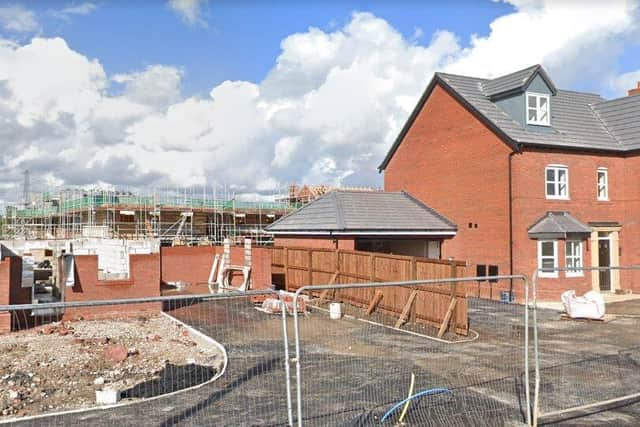

Additional possibilities were identified by Preston, Chorley and South Robble councils, including local authority-owned sites and plots that have previously been proposed for development, but never built upon.
Coupled with sites that already have planning permission in place, that resulted in 121 suggested locations being put to the public - 55 in Chorley, 38 in Preston and 28 in South Ribble. They were all first subject to a two-stage assessment process which took account of issues such as flood risk, sustainability and the impact of development on heritage assets.
The results of the consultation that ends this week - and which is available here until then - could see the proposals revised. Public opinion will be sought on any proposed changes in a fresh round of consultation later this year.
Advertisement
Hide AdAdvertisement
Hide AdHowever, the trio of authorities say that they wanted to gather the “early views” of residents about an embryonic policy which could ultimately have a significant impact on where they live.
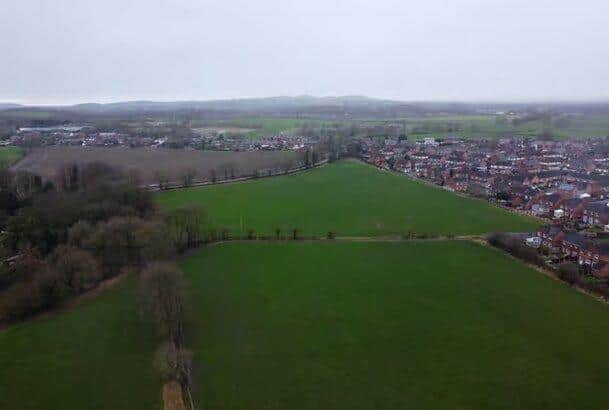

Any greenbelt sites suggested for inclusion at this stage have been “parked” for now, in order to see whether there is enough other land available to meet the area’s housing and employment needs without encroaching on the largely protected territory. However, the consultation documents warn that Chorley - which has the largest amount of greenbelt in Central Lancashire - may have to use some of it for employment purposes in the future, although no decision has yet been taken.
National planning rules mean that “exceptional circumstances” have to be shown to exist before greenbelt boundaries can be changed. But far from all green fields are designated as greenbelt - many will simply be plots that have not been previously or recently developed and so do not enjoy any special status that precludes housebuilding.
Greenbelt that has been built upon in the past is also able to be redeveloped within certain parameters, including that the new buildings do not have a greater impact on the openness of the area than the existing development.
Advertisement
Hide AdAdvertisement
Hide AdMeanwhile, the area-wide local plan will also reset a longstanding arrangement between Preston, Chorley and South Ribble over the volume of new housing that should be built in each part of the Central Lancashire patch.
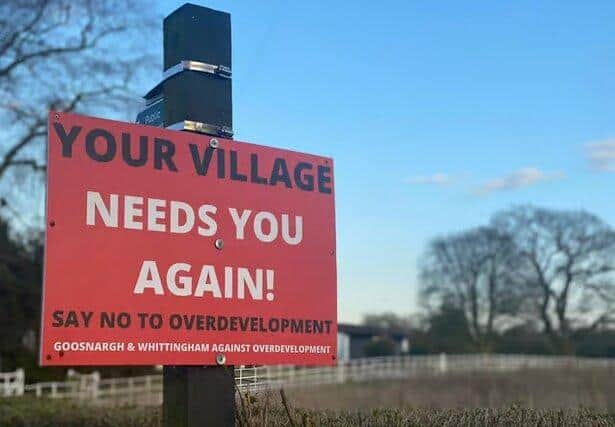

Although the neighbours have, until now, each maintained their own, individual local plans, the three councils have co-operated since 2012 over the distribution of development across the wider sub-region, based on their different circumstances and needs.
However, in recent years, those agreements have become bound up in wrangles with developers over whether they are still in date - and so whether they should continue to be taken into consideration when individual planning applications for proposed new estates are being determined.
The disputes have often resulted in public inquiries at which independent planning inspectors sometimes came to different conclusions about how the local arrangements should be interpreted - leading to wild fluctuations in how many homes each borough should be expected to build at any given point.
Advertisement
Hide AdAdvertisement
Hide AdThe emerging Central Lancashire Local Plan calculates that the sub-region will have a combined minimum new housing need of 1,334 homes per year in the 15 years up to 2038. It proposes a distribution that would weight development during the first four years of the local plan period - 2023-27 - towards Preston, which would build 600 properties annually, with South Ribble creating 400 and the smallest share initially going to Chorley, at 334.
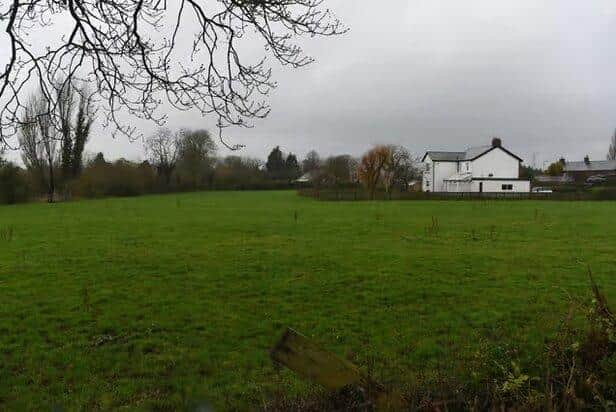

That split has been suggested in acknowledgement of the fact that the majority - 41 percent - of the more than 12,000 homes delivered in Central Lancashire between March 2012 and March 2020 were constructed in Chorley, as a result of the rapid development of Buckshaw Village.
However, over the past three years, the housebuilding balance has tipped towards Preston, which has accounted for 46 percent of new home delivery in that period, with Chorley taking 34 percent and South Ribble 21 percent.
The preferred options consultation states that Central Lancashire “needs to grow to ensure that the needs of existing and future communities and businesses can be met within our area”.
Advertisement
Hide AdAdvertisement
Hide AdIt adds: “Failing to grow is likely to mean younger residents being forced to leave the area to find an affordable home and the area becoming less inclusive and economically competitive.”
The suggested minimum annual housing tally for Central Lancashire was arrived at using the government's so-called “standard method” as the starting point, but then also factoring in population and employment projections and trends, as well as commuting patterns.
National planning policy means that councils have to take account of such data - as well as previous levels of housing delivery - in order to assess whether the standard method will generate enough new housing in the years to come.
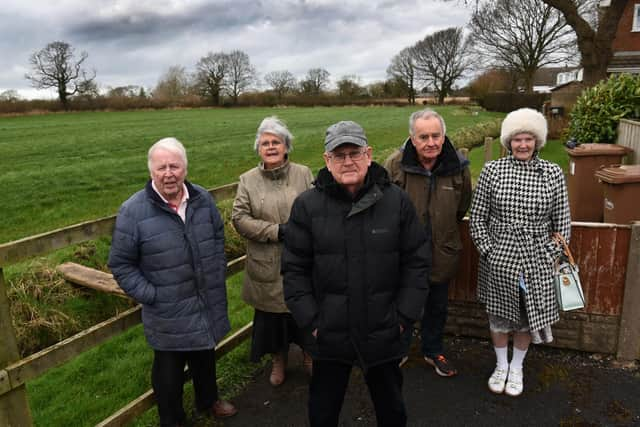

The analysis done for Central Lancashire suggests that the 988 dwellings that would be built under the standard calculation would not pass the “soundness” test that the local plan will have to undergo before it is approved. For reasons including Preston and South Ribble’s participation in the housing and infrastructure-boosting City Deal, it is thought that the sub-region as a whole needs to add over 300 residential properties to that total.
Advertisement
Hide AdAdvertisement
Hide AdWork on the Central Lancashire Local Plan began over four years ago - and it is still another 18 months away from being completed and two-and-a-half years away from being adopted.
During that period, there will be a second consultation on the updated preferred options this August and then, this time next year, a final chance for the public to have their say on the overall plan - which will include a full suite of proposed planning policies for the area and will cover all land uses. The document will then be submitted to the Planning Inspectorate for consideration.
A likely three-month long public examination of the policy will then be carried out during the autumn of 2024 before the plan is finally adopted in the summer of 2025 - meaning that the first two years of the plan period, 2023/24, will apply retrospectively.
Late last year, the government indicated that it may make changes to the planning system, alongside its Levelling Up and Regeneration Bill. However, Preston, Chorley and South Ribble councils will have to proceed with the creation of the Central Lancashire Local Plan on the basis of existing national policy - even though that may change before their work on the document is complete.
HOW MANY HOMES - AND WHERE SHOULD THEY BE BUILT?
Advertisement
Hide AdAdvertisement
Hide Ad1,334 - minimum number of new homes to be built in Central Lancashire each year (2023-2038)
Distribution
2023-2027: Preston - 600; South Ribble - 400; Chorley - 334
2028-2032: Preston - 500; South Ribble - 450; Chorley - 384
2033-2038: Preston - 400; South Ribble - 500; Chorley - 434
Source: Central Lancashire Local Plan Preferred Options Consultation
HOW TO TAKE PART
The full list of sites proposed as possible locations for housebuilding can be found on our website for each of Preston, Chorley and South Ribble.
To contribute to the public consultation and read all of the documents associated with it, visit centrallocalplan.citizenspace.com
‘IF NOT HERE, THEN WHERE?’
Advertisement
Hide AdAdvertisement
Hide AdPolitical fault lines opened up when councillors debated the preferred options for the proposed housing sites that have been sent out to public consultation - and the numbers on which they were based.
Out of the three Central Lancashire authorities, only Preston unanimously approved that process when it launched just before Christmas.
At a meeting of Chorley’s full council in December, the authority’s leader, Alistair Bradley, said that the borough had done “reasonably well” out of the local negotiations that had determined the proposed level of housebuilding in the borough.
He acknowledged that “we all have a bit of NIMBY [not-in-my-backyard] in us”, but stressed the need to agree a plan that met with government rules, so as not to leave areas of the district not proposed for development “vulnerable” to being over-run with it.
Advertisement
Hide AdAdvertisement
Hide Ad“I have my own concerns around some sites in my own ward. But we’ve got to accept that there is a requirement for the plan to be in place to protect the whole of Chorley borough,” the Labour leader said.
However, Tory opposition member Martin Boardman said that areas like his - Croston, Mawdesley and Euxton South - where new housing was being proposed, did not meet the ambition for “sustainable development”.
“All these villages are in... in rural areas. All these villages have very limited public transport...[and] the residents in them rely on their cars.
“Where are the jobs, where are the school places and, fundamentally,, where is the need in these rural areas?” Cllr Boardman asked.
Advertisement
Hide AdAdvertisement
Hide AdBut Cllr Bradley challenged him to name greenbelt areas that he would like to see developed instead, warning that they were the only other sites available.
Conservative opposition group leader Alan Cullens warned that the council would rue the use of the phrase “preferred options” as it could be later used by housebuilders as a “developers’ charter” - but the meeting heard that it was a government-imposed term.
Meanwhile, in South Ribble, cabinet member for planning, James Flannery, said that the proposed policy was about ensuring houses were built in a considered way.
“The important thing is that we control development and this consultation process is aimed at us controlling where and when and how we do development,” he said.
Advertisement
Hide AdAdvertisement
Hide AdBut Conservative opposition member for Moss Side, Mary Green, said that residents were rightly concerned about a lack of school and GP places and warned that South Ribble risked becoming “a concrete jungle”.
Tory group leader Karen Walton also questioned the basis on which South Ribble should accept a higher number of new homes than the government’s standard method of calculation would require - over 2,000 more, she claimed.
However, Labour council leader Paul Foster accused the opposition of not understanding the figures and added: “Every councillor knows that there is a chronic undersupply of housing. If we don't build any houses in South Ribble, where are our residents going to live?”
HOW DID WE GET HERE?
A carousel of conflicting planning appeal decisions in recent years has steadily eroded the stability that Preston, Chorley and South Ribble councils hoped they had created in the Central Lancashire planning system by co-operaring over new housing numbers - prompting the trio to call for greater consistency in the conclusions reached by inspectors sitting in judgement on their existing policies.
Advertisement
Hide AdAdvertisement
Hide AdA new local plan will help the neighbouring authorities regain control over their collective planning destiny after a turbulent period during which developers have sought to argue - often for different reasons in each district - that the councils have not had the necessary five-year supply of land available to meet their housing needs.
When planning inspectors concurred with those claims in Preston and Chorley, the two authorities found themselves forced into approving housing on sites where they would normally have rejected it - or have had that decision taken for them by the Planning Inspectorate.
The interwoven nature of the planning arrangements in Central Lancashire has also meant that appeal decisions in one part of the patch have had a knock-on effect in others - often leading to sudden changes in the number of dwellings each authority was required to deliver.
Preston was eventually able to extricate itself from a position which had seen it having to give the green light to building on areas of open countryside to the north of the city - and last year saw plans for over 500 homes in and around Goosnargh dismissed on appeal.
Advertisement
Hide AdAdvertisement
Hide AdHowever, at around the same time, Chorley found its housing figures rocket to 569 dwellings per annum after it lost a slew of appeals at which inspectors overturned the authority’s refusal of permission for more than 250 homes across four sites in Eccleston, Coppull and Adlington - all of which were intended to be safeguarded from development in the medium term under the borough’s existing local plan.
Meanwhile, South Ribble defended its position on new housing numbers at two planning inquiries into a decision to reject a bid to build 100 homes in the village of Whitetsake. The application proved pivotal in the wider Central Lancashire planning story and was taken all the way to the high court by developer Wainhomes in 2021.